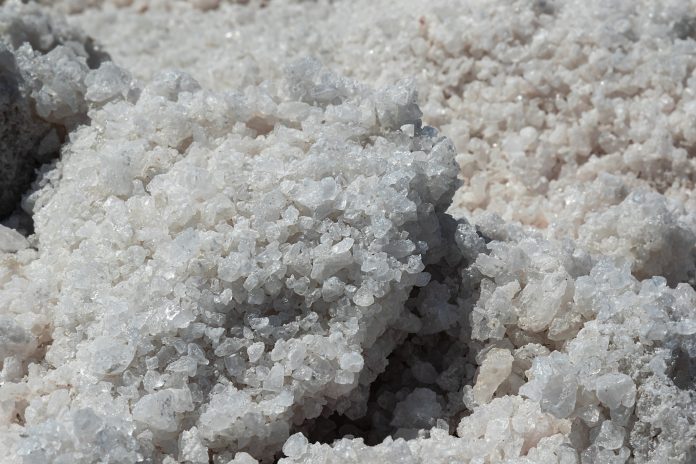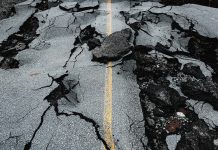A recent study led by University of Maryland Geology Professor Sujay Kaushal reveals that human actions are disrupting the natural salt cycle globally, potentially jeopardising ecosystems and human well-being
While geological and hydrological processes have historically controlled salt levels, human activities such as mining, construction, and industrial operations are hastening the natural salt cycle’s pace.
Accelerating the natural salt cycle
This interference, including agriculture and road treatment, risks biodiversity and potable water sources.
For the first time, Kaushal and his co-authors have coined the term “anthropogenic salt cycle” to describe how human actions now influence the concentration and circulation of salt worldwide.
This has significant implications for both natural ecosystems and essential resources.
Diverse salts and environmental impact
The study emphasises that various salt ions, beyond common table salt (sodium chloride), are disturbed by human activities.
Compounds like calcium, magnesium, potassium, and sulfate ions are abundant, and when disrupted in large quantities, they can trigger environmental problems. Approximately 2.5 billion acres of global soil, an area similar in size to the United States, have been affected by human-caused salinisation.
Road salts: A growing concern
One notable concern is the substantial use of road salts in the United States. The country produces a staggering 44 billion pounds of deicing agents annually, making up 44% of the nation’s salt consumption between 2013 and 2017.
Road salts not only pose short-term hazards but also affect long-term water quality, necessitating a careful balance in their usage.
The need for regulation and balance on salt usage
To mitigate the detrimental effects of salt on waterways, Kaushal recommends adopting policies that limit road salt usage or promote alternatives. Some cities have already started using beet juice for road treatment, which achieves similar results with less salt.
The study’s authors propose establishing a “planetary boundary for safe and sustainable salt use” similar to CO2 limits for climate change, recognising the growing issue of salt contamination in the environment.
Balancing public safety and long-term health consequences is crucial in addressing this complex problem.
In conclusion, as human activities disrupt the natural salt cycle, it is increasingly vital to implement measures that safeguard our environment and water quality, finding the equilibrium between immediate safety and long-term sustainability.











